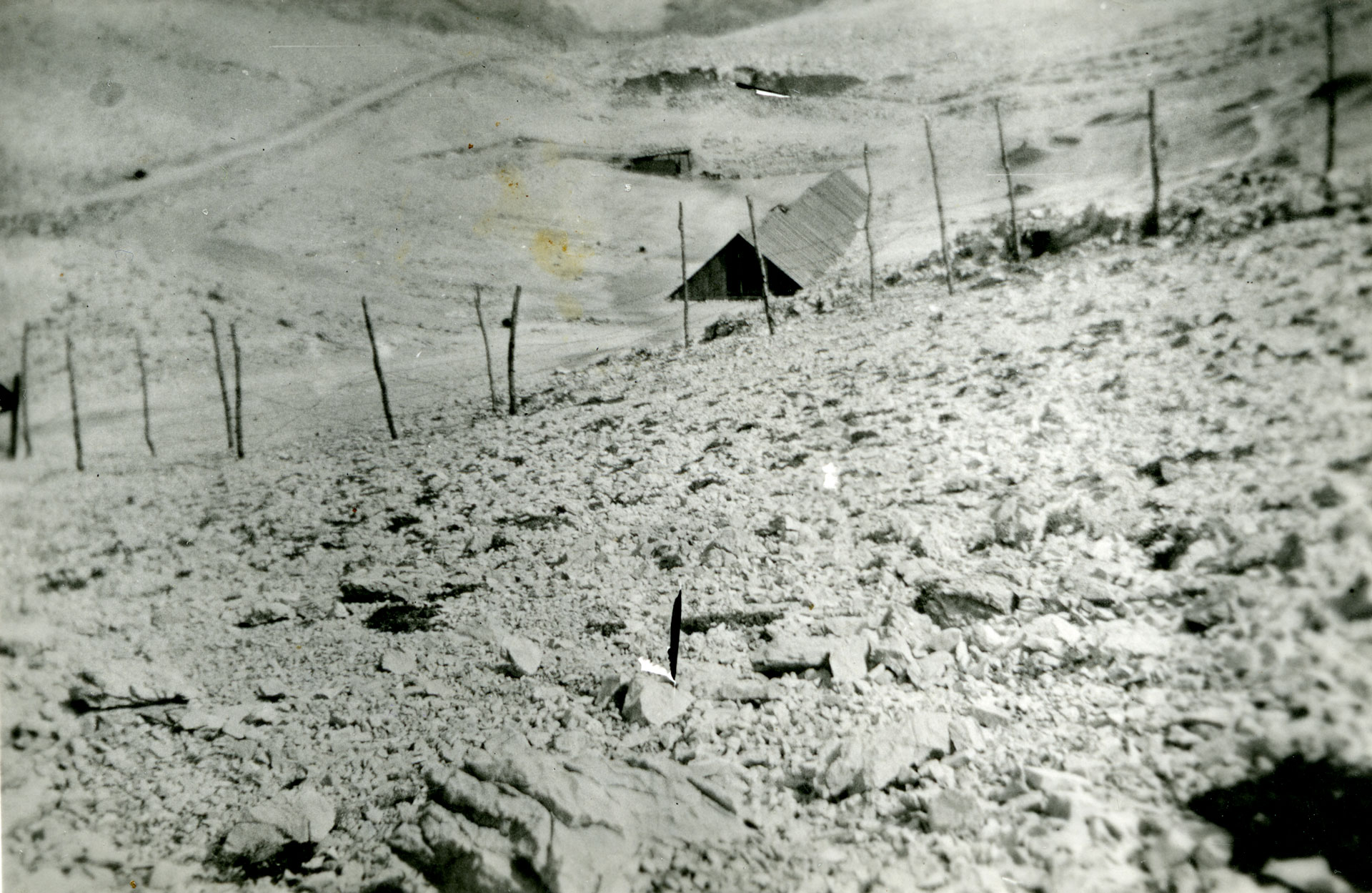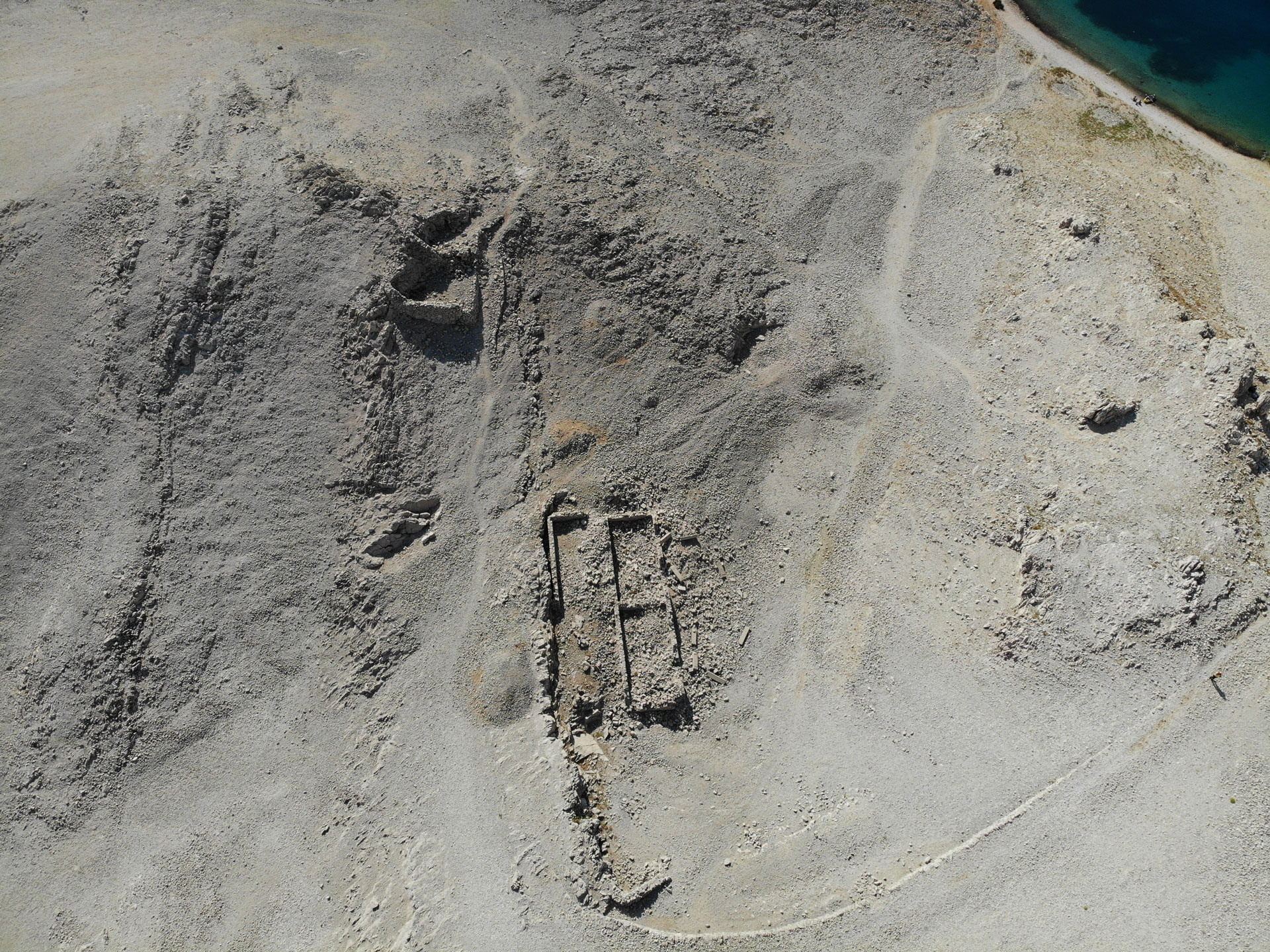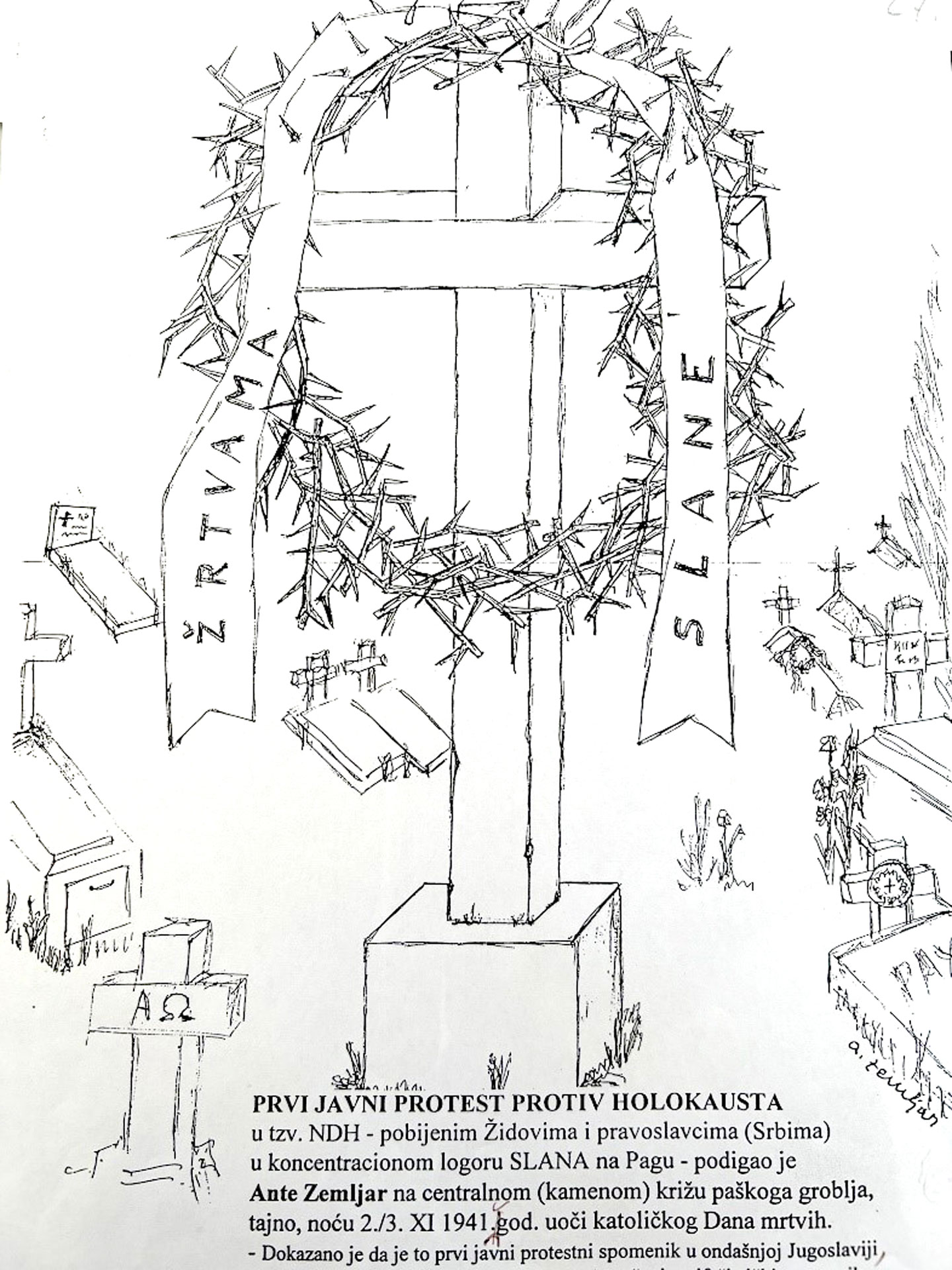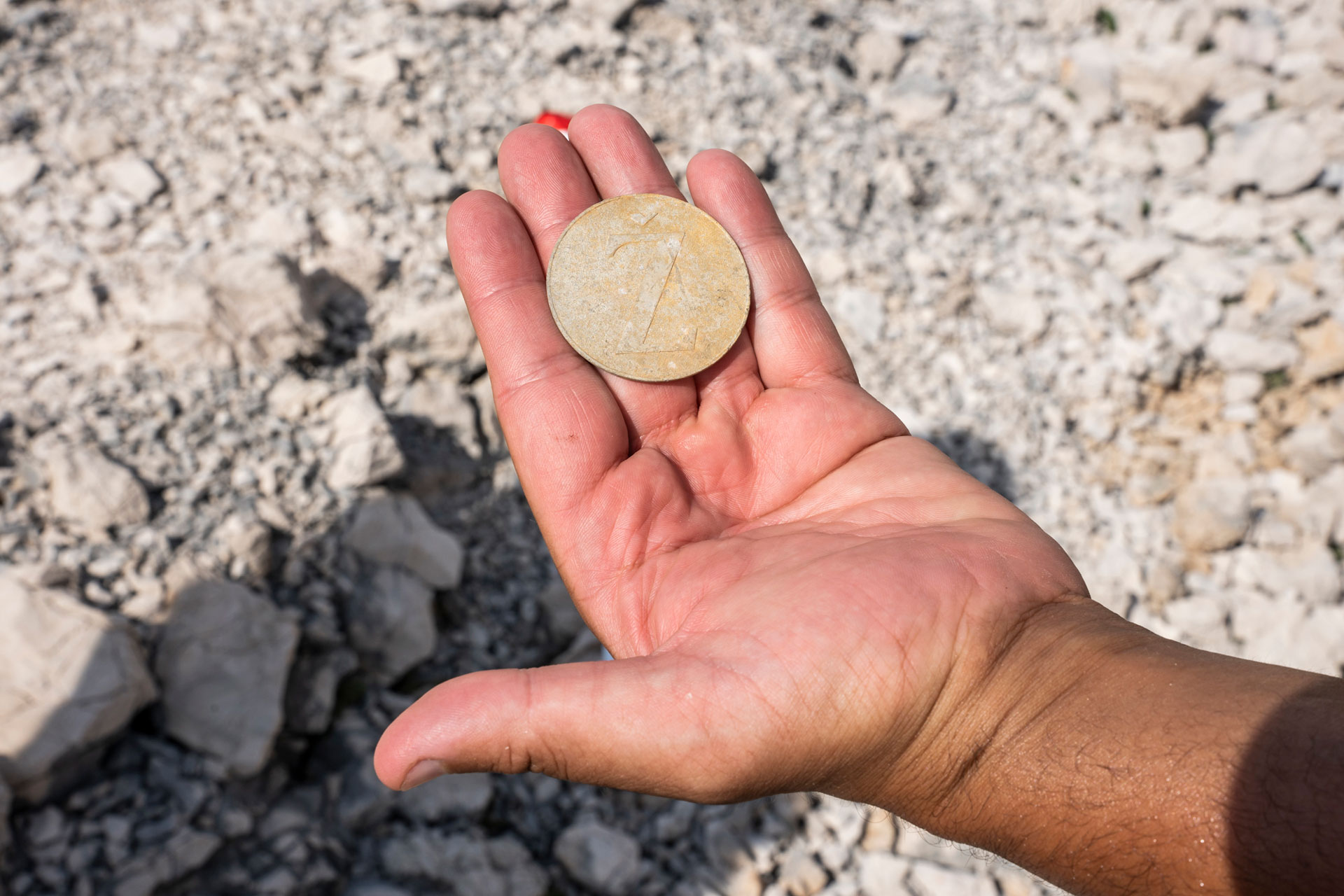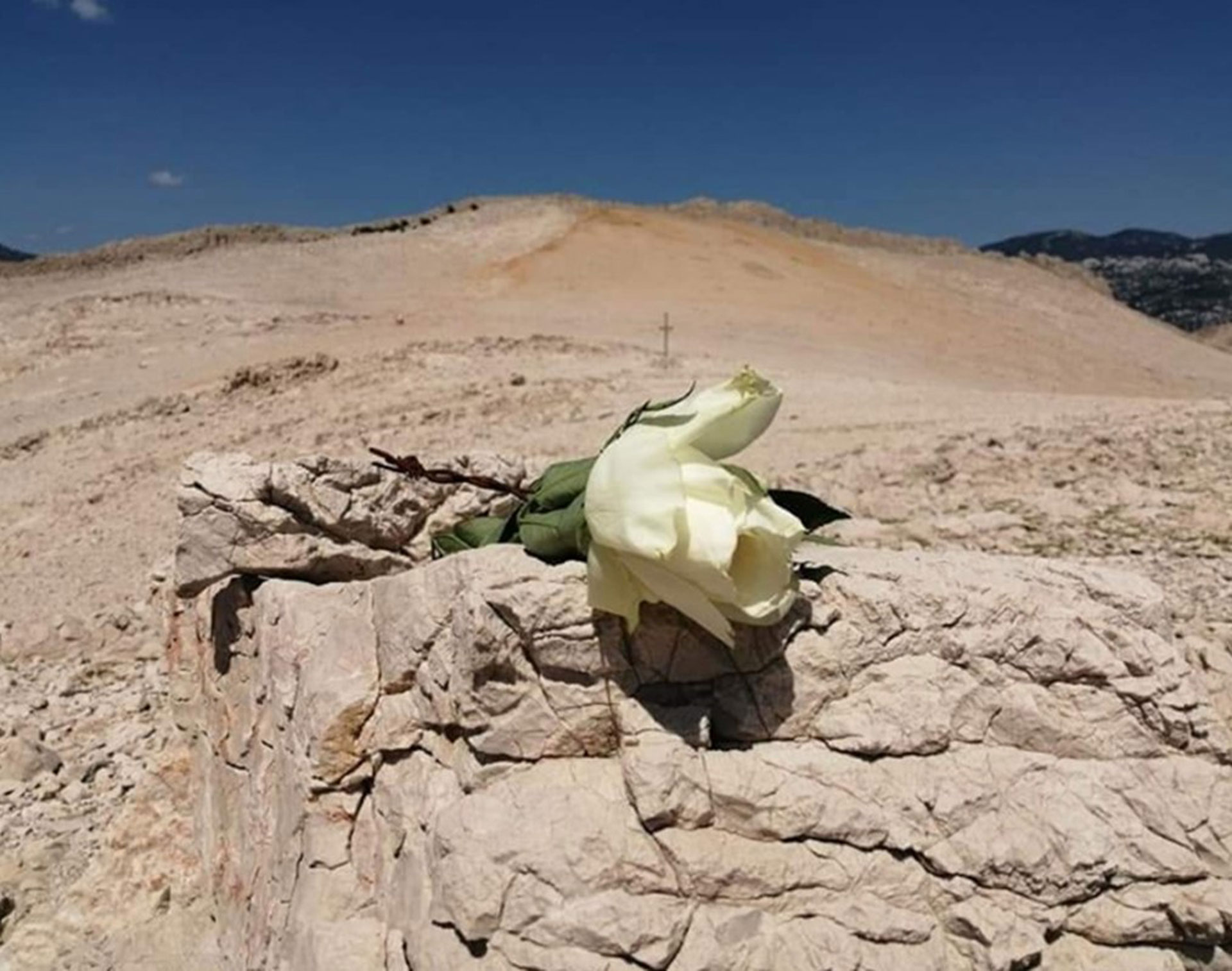Memory as Resistance
“Everyone in Pag knew about the massive and brutal killing of camp inmates in Slana, and especially about the first massacre carried out on August 14/15, 1941, immediately before the liquidation of the camp. We already had a [communist] party cell in Pag back then. At a meeting (…) we agreed to somehow honour the fallen victims of Slana, and at the same time to cause unrest among the Ustashas and the Italians. At first it was a basic idea, and after that we agreed that it should be a thorny hawthorn wreath with the inscription “To the Victims of Slana”. As the most appropriate place to place that wreath – we chose a large white cross at the Pag city cemetery.”
Ante Zemljar (1922–2004), the author of these lines, was one of the organisers and participants of the first public protest and commemoration of the victims of the Ustasha camp in Slana Bay on the island of Pag on the Croatian coast.
The Slana camp on the island of Pag was part of the first Ustasha camp system for the mass killing of detainees. It consisted of the penitentiary in Gospić with the execution grounds of Jadovno and Ovčara on Velebit, and the camps in Slana Bay (for men) and the village of Metajna (for women with children). The locations were chosen due to the isolation, inaccessibility and depravity of nature Slana camp was founded in mid-April 1941, and the number of prisoners killed, according to various estimates, ranges from 15,000 to 40,000 or more thousands of people. The camp was closed after the Italian reoccupation of this zone in August 1941. The surviving prisoners were transferred to the Ustasha camp Jasenovac (men), and the women and children to the Kruščica camp near Travnik in Bosnia and Herzegovina. Many of them did not survive.
The victims of the camp were commemorated with a memorial plaque in 1975, and the wider area of the former camp and mass graves was protected as cultural heritage in 1982. From 2023, the site again has the status of a cultural heritage of the Republic of Croatia, but the state and local authorities are doing nothing to protect and mark the site of the camp. From the 1990s until today, the plaque has been destroyed several times. It was renewed twice by the Serbian National Council, the Coordination of Jewish Municipalities of the Republic of Croatia and the NGO Documenta. Since the plaque was last destroyed in 2013, the site of the camp has not been marked. A local government-sponsored sports trail runs through the location of the camp, which physically degrades the remains of the camp and symbolically devalues the place of remembrance. The commemorations of minority associations are the only resistance to the oblivion of this place and the victims of fascist terror. The research and art project “Slana – Radical landscape” (2017–2021) and the interdisciplinary research project “Tracing Oblivion” (2022–2023) are recent efforts of the cultural and academic community to contribute to the struggle against oblivion.
Sanja Horvatinčić & Nataša Mataušić


